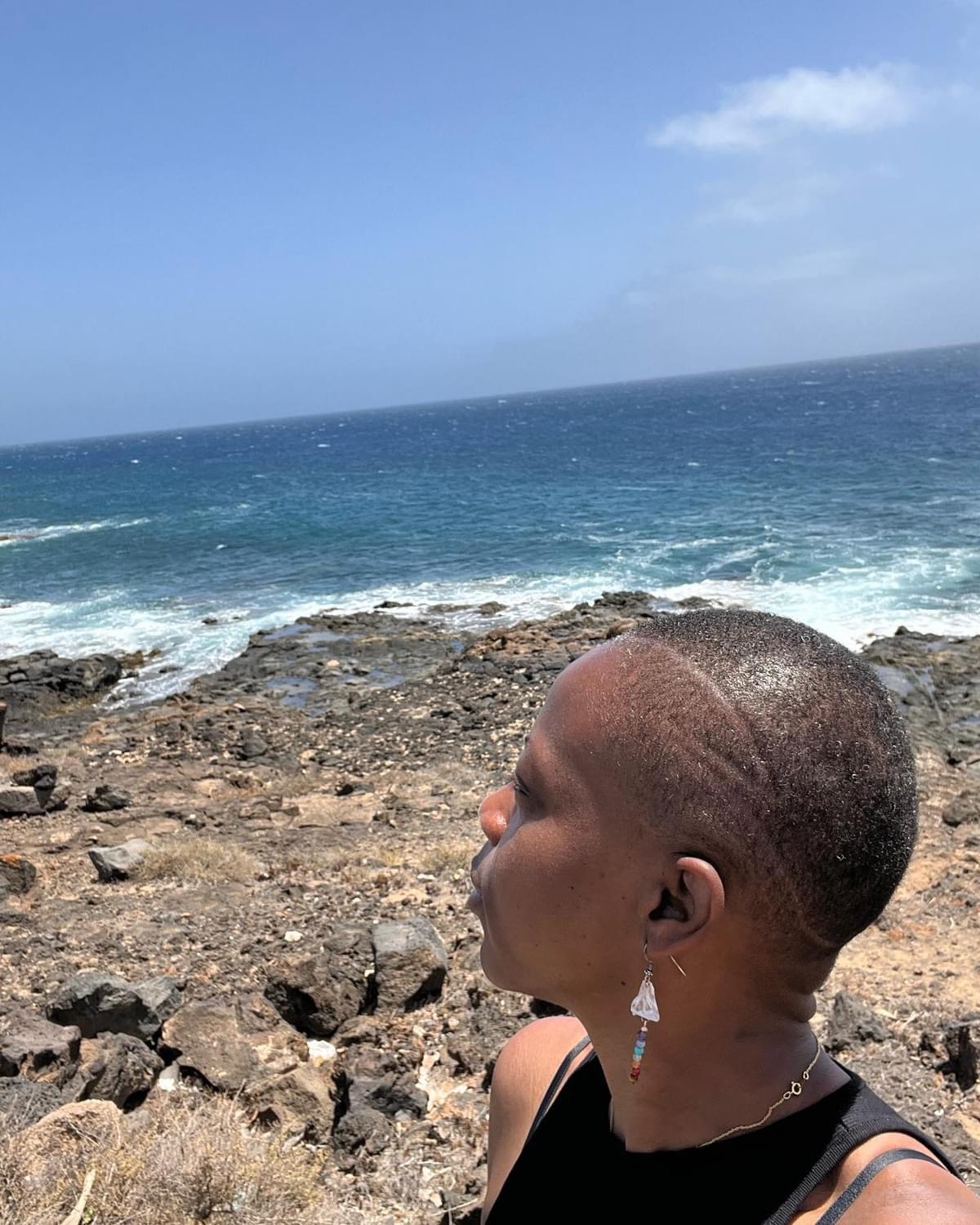Public Relations (PR), Advertising, Marketing, and Events are distinct but interconnected fields that play crucial roles in promoting businesses, products, and brands. They each have their unique functions and purposes in the realm of communication and promotion. Here, we’ll delve into the differences between these four disciplines.
Public Relations :
Definition: Public Relations is the practice of managing the spread of information between an individual, organization, or brand and the public. It encompasses a range of activities aimed at building and maintaining a positive image and reputation.
Key Functions:
- Reputation Management: focuses on shaping public perception and managing an entity’s reputation. This involves dealing with both positive and negative information.
- Media Relations: professionals work with media outlets to secure favorable coverage, manage press releases, and build relationships with journalists.
- Crisis Management: teams are responsible for handling crises or negative events that could harm an organization’s reputation. They aim to mitigate damage and control the narrative.
- Publicity: Generating positive publicity for a brand, product, or person is a core function. This can involve press releases, media interviews, and feature stories.
- Stakeholder Communication: Maintaining effective communication with various stakeholders, including customers, employees, investors, and the community, is vital.
- Corporate Social Responsibility (CSR): PR often involves promoting an organization’s socially responsible initiatives and demonstrating its commitment to ethical practices.
Definition: Advertising is a paid form of communication that aims to promote products, services, or brands. It typically involves using various media channels to reach a wide audience.
Key Functions:
- Promotion: The primary purpose of advertising is to create awareness of a product, service, or brand, and encourage consumers to take a specific action, such as making a purchase.
- Paid Media: Advertising requires a budget to place paid content in channels like television, radio, print, digital platforms, and social media.
- Message Control: Advertisers have full control over the content, design, and placement of their messages, allowing for precise targeting and branding.
- Creative Design: Advertising often involves creative teams to design eye-catching and persuasive campaigns to attract and engage the audience.
- Measurable Results: Advertisers can track the performance of their campaigns and measure the return on investment (ROI) to evaluate the effectiveness of their efforts.
- Brand Building: Advertising plays a pivotal role in building and reinforcing brand identity, using consistent visual and messaging elements.
Definition: Marketing is a comprehensive strategy that includes activities such as market research, product development, pricing, distribution, and promotion. It aims to create value for customers and achieve business objectives.
Key Functions:
- Market Research: Marketing begins with market research to understand customer needs, preferences, and market dynamics.
- Product Development: It involves creating and refining products or services to meet market demands.
- Pricing Strategy: Marketers determine the right price for products or services, considering factors like costs, competition, and perceived value.
- Distribution: Marketing includes planning the distribution channels that will get the product into the hands of consumers efficiently.
- Promotion: While advertising and Public Relations are components of marketing, marketing also encompasses other promotional activities, like content marketing, influencer marketing, and search engine optimization (SEO).
- Customer Engagement: Marketing focuses on building relationships with customers through various channels, including email marketing, social media, and customer loyalty programs.
- Sales: Ultimately, the goal of marketing is to drive sales and achieve business growth.

Networking Skills
Definition: Events refer to organized gatherings or activities that bring people together for a specific purpose. They can range from small seminars and workshops to large-scale conferences, trade shows, and festivals.
Key Functions:
- Networking: Events provide opportunities for individuals and businesses to connect, exchange ideas, and build relationships. Networking is often a primary goal.
- Education and Information: Events can be informative, offering workshops, presentations, and panel discussions to educate attendees on specific topics or industries.
- Promotion and Product Launches: Companies often use events to launch new products, services, or initiatives. This can generate buzz and media coverage.
- Brand Awareness: Hosting or participating in events can enhance brand visibility and awareness, allowing businesses to engage directly with their target audience.
- Community Building: Events help build a sense of community among attendees, fostering connections and loyalty.
- Lead Generation: Businesses can collect leads and contact information from event attendees for follow-up and marketing purposes.
Key Differences:
- Paid vs. Earned Media: Advertising involves paid content, while Public Relations often focuses on earned media, where coverage is obtained through relationships with the media.
- Control Over Message: Advertisers have full control over the content and design of their messages, whereas Public Relations often deals with external factors and seeks to influence rather than control narratives.
- Scope: Marketing encompasses a broader range of activities, including product development, pricing, and distribution, while advertising, Public Relations, and events are specific promotional activities within the marketing mix.
- Communication Channels: Public Relations often uses third-party endorsements (media coverage), advertising employs paid channels, marketing uses a mix of strategies, and events involve face-to-face interaction.
- Goal: Public Relations primarily aims to manage reputation, advertising seeks to promote and sell products or services, marketing covers the full spectrum of business strategy, and events focus on engagement, networking, and interaction.
In summary, while public relations, advertising, marketing, and events all contribute to the overall success of an organization, they serve distinct roles and have different objectives within the broader realm of communication and promotion. Integrating these disciplines effectively can create a comprehensive strategy to achieve business goals. Get in touch with us today










